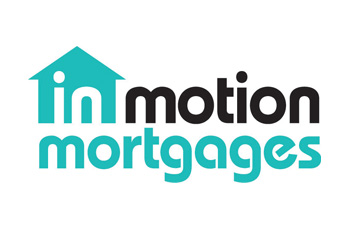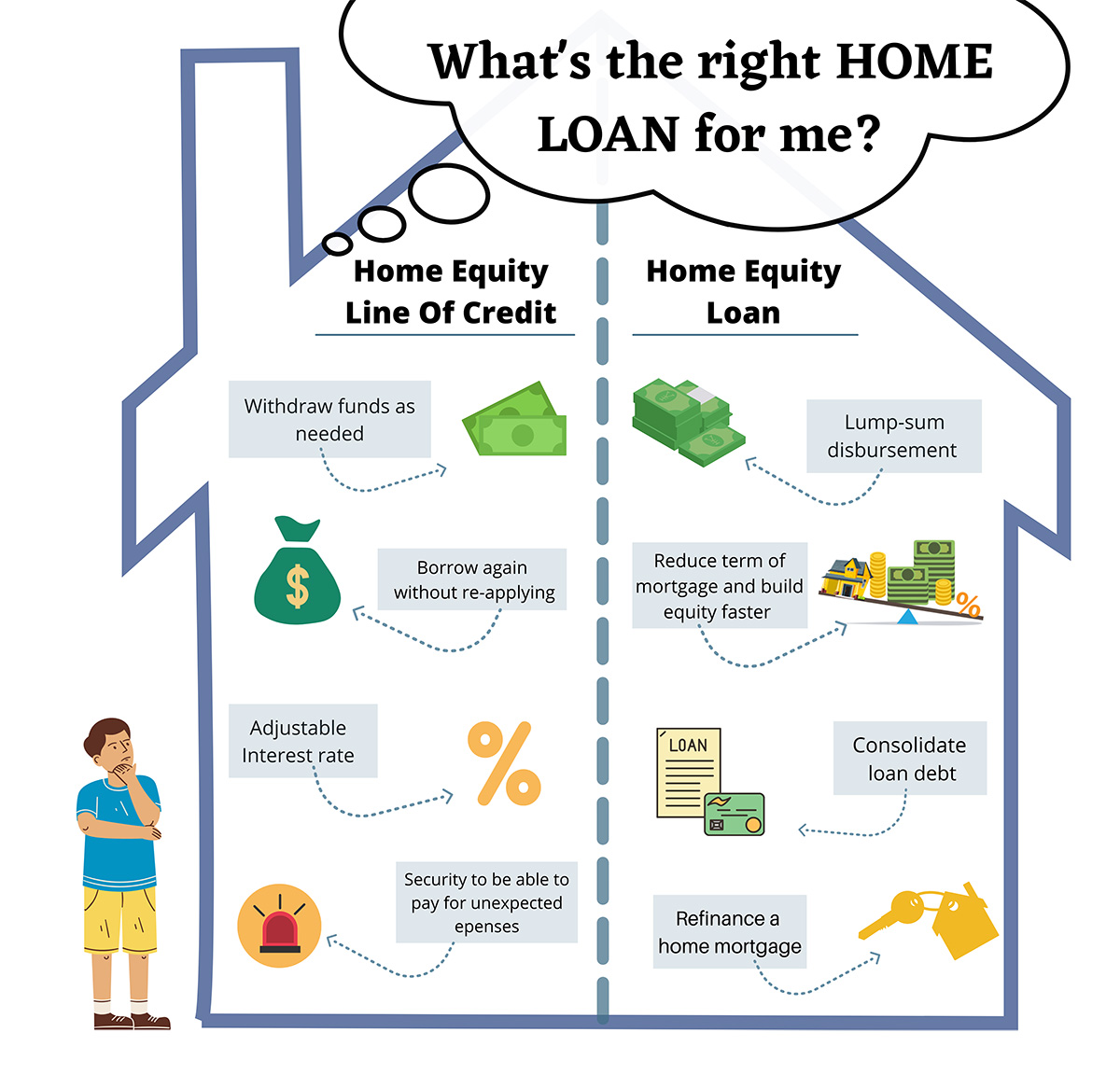How Equity Release Mortgages Work with Inheritance Planning
How Equity Release Mortgages Work with Inheritance Planning
Blog Article
Exploring the Various Sorts Of Equity Release Mortgages Available Today
Equity Release mortgages present numerous options for house owners aged 55 and over. equity release mortgages. These monetary products deal with various demands and choices, allowing individuals to access funds from their home. From lifetime home loans to shared gratitude home loans, each type uses unique advantages. Understanding these options is important for making educated decisions. What variables should one think about when selecting the most suitable equity Release plan? The information that comply with might lose light on this essential topic
Comprehending Equity Release Mortgages
Equity Release home loans supply homeowners, generally those aged 55 and over, with a way to access the worth tied up in their building without needing to offer it. This monetary choice enables people to transform a section of their home equity right into money, which can be made use of for various functions, such as home renovations, repaying financial obligations, or financing retirement.Equity Release can take different types, yet it basically entails loaning against the value of the home while retaining possession. Homeowners can pick to obtain a swelling amount or a series of smaller payments, relying on their economic demands and preferences.Additionally, the amount readily available for Release is affected by the home's value, the homeowner's age, and details loan provider criteria. Overall, recognizing equity Release home mortgages is essential for property owners to make enlightened choices regarding using their home's equity while considering the long-term effects.
Life time Mortgages
Lifetime home loans represent one of the most prominent kinds of equity Release. This financial item permits house owners, commonly aged 55 or older, to obtain versus the value of their building while preserving possession. The financing, which is secured against the home, accumulates rate of interest with time yet does not require monthly payments. Rather, the funding and accumulated interest are repaid when the homeowner dies or moves right into lasting care.Lifetime home loans provide adaptability, as borrowers can choose to get a lump amount or select a drawdown center, accessing funds as needed. Importantly, lots of plans featured a no-negative-equity guarantee, guaranteeing that customers will never owe greater than the value of their home. This attribute provides assurance, permitting individuals to appreciate their retired life without the worry of depleting their estate. Generally, life time home mortgages function as a practical option for those seeking financial support in later life.
Home Reversion Plans

Drawdown Lifetime Mortgages
While numerous property owners look for methods to access their wide range, drawdown lifetime home loans present a flexible alternative that allows people to Release funds gradually. This kind of equity Release mortgage allows house owners to borrow against the value of their building while retaining ownership. Unlike standard life time home mortgages, drawdown plans enable debtors to access a portion of their equity upfront and take out additional funds as needed, approximately an established limit.This attribute can be specifically beneficial for those who want to manage their funds thoroughly, as it reduces interest accumulation by only charging interest on the quantities drawn. In addition, drawdown lifetime mortgages commonly come with a "no unfavorable equity guarantee," guaranteeing that debtors will never owe even more than their home's value. This alternative fits retired people who desire financial safety and security and versatility, allowing them to meet unforeseen costs or preserve their way of living without having to offer their residential or commercial property.
Enhanced Life Time Mortgages
Boosted Life time Mortgages provide distinct advantages for qualified property owners seeking to Release equity from their residential or commercial properties. Understanding the qualification criteria is essential, as it identifies that can gain from these specialized finances. Nonetheless, it is additionally vital to examine the potential drawbacks connected with enhanced choices, ensuring a well-shaped point of view on their usage.
Qualification Requirements Explained
Comprehending the eligibility standards for Enhanced Lifetime Mortgages is necessary for prospective candidates looking for to access the equity in their homes. Commonly, candidates need to be aged 55 or older, as this age need is conventional in the equity Release market. House owners should have a home valued at a minimum limit, which can vary by lender. Importantly, the residential or commercial property must be their main house and in excellent problem. Lenders typically assess the house owner's health and wellness standing, as certain health problems might improve eligibility and benefits. In addition, candidates should not have existing substantial debts secured against the home. Fulfilling these criteria enables individuals to explore Boosted Life time Home mortgages as a sensible choice for accessing funds tied up in their homes.
Advantages of Boosted Home Loans
After clearing up the qualification criteria, it comes to be noticeable that Enhanced Life time Home mortgages use a number of significant benefits for homeowners seeking to take advantage of their residential or commercial property equity. Largely, they give access to a bigger finance amount compared to conventional life time home mortgages, profiting those with health conditions or age-related aspects that raise their life span risk. This boosted borrowing ability allows house owners to meet different financial requirements, such as home improvements or retired life expenditures. Additionally, these mortgages commonly feature flexible settlement choices, allowing borrowers to handle their finances better. The no-negative-equity warranty further guarantees that house owners will certainly never ever owe greater than their property's worth, supplying satisfaction. Overall, Enhanced Lifetime Home loans present an engaging option for eligible home owners looking for monetary remedies.
Possible Drawbacks Considered
While Enhanced Life time Home loans supply numerous advantages, prospective downsides warrant careful consideration. One significant issue is the influence on inheritance; the equity released reduces the worth of the estate entrusted to recipients. Furthermore, these mortgages can build up substantial rate of interest gradually, resulting in a considerable debt that may surpass the original loan amount. There may likewise be limitations on building modifications or rental, restricting property owners' adaptability. Additionally, enhanced products frequently need particular health problems, implying not all home owners will qualify. Managing the charges and charges associated with these home mortgages can be intricate, potentially leading to unanticipated prices. As a result, individuals need to completely examine their scenario and speak with economic experts before continuing.
Shared Admiration Home Loans
Shared Admiration Home loans represent an one-of-a-kind monetary arrangement that enables house owners to gain access to equity while sharing future home worth enhances Full Report with the lender. This approach supplies potential advantages such as decreased month-to-month payments, yet it likewise includes downsides that have to be thoroughly taken into consideration. Understanding the qualification needs is crucial for those interested in this option.
Idea Introduction
Equity Release mortgages, specifically in the form of common admiration home loans, provide house owners an one-of-a-kind monetary remedy that permits them to accessibility funds by leveraging the worth of their property. In this setup, a lending institution provides a lending to the home owner, which is commonly repaid with a share of the building's future appreciation in worth. This means that when the homeowner markets the property or dies, the lender obtains a percentage of the boosted worth, as opposed to just the preliminary car loan quantity. Shared gratitude home loans can be appealing for those aiming to supplement their revenue or finance significant costs while keeping ownership of their home. However, the financial ramifications of shared appreciation have to be thoroughly taken into consideration by potential borrowers.
Disadvantages and advantages
Shared admiration home loans can provide considerable financial advantages, they also come with remarkable disadvantages that potential customers should take into consideration. These mortgages permit home owners to accessibility equity in their residential or commercial properties while sharing a portion of any future gratitude with the lender. This arrangement can be valuable throughout times of rising home worths, supplying considerable funds without month-to-month repayments. The primary disadvantage is the possible loss of equity; property owners might end up with appreciably lowered inheritance for beneficiaries. Additionally, the complexity of the terms can cause misconceptions concerning payment commitments and the portion of appreciation owed. It is necessary for customers to evaluate these variables thoroughly prior to devoting to a common gratitude home loan.

Eligibility Needs
What criteria must home owners meet to certify for a shared gratitude home mortgage? Largely, prospects have to be at least 55 years old, assuring they are within the target market for equity Release items. Furthermore, the residential property needs to be their primary home and typically valued over a defined minimum threshold, usually around ? 100,000. Lenders also examine the house owner's monetary circumstances, including income and impressive financial debts, to establish they can handle the home mortgage properly. Importantly, the building has to remain in excellent condition and complimentary from significant lawful encumbrances. Home owners need to also have a clear understanding of the terms, consisting of exactly how appreciation will be shown the loan provider upon sale or transfer of the residential or commercial imp source property, as this impacts total returns.
Selecting the Right Equity Release Alternative

Frequently Asked Concerns
What Age Do I Need to Be for Equity Release?
The age demand for equity Release typically starts at 55 for the majority of strategies. Some service providers may use alternatives for those aged 60 and above, mirroring differing terms based on specific conditions and loan provider plans.
Will Equity Release Affect My Inheritance?
Equity Release can influence inheritance, as the amount borrowed plus rate of interest decreases the estate's worth. Heirs might get much less than anticipated, relying on the residential or commercial property's admiration and the complete financial debt at the time of passing.
Can I Move Residence With Equity Release?
The concern of relocating residence with equity Release emerges frequently. Usually, individuals can transfer their equity Release plan to a new property, yet certain conditions might use, needing examination with the loan provider for guidance.
Exist Charges Related To Equity Release Mortgages?
Charges related to equity Release mortgages can include plan fees, valuation costs, and legal expenses. In addition, there may be very early payment charges, which can influence the total cost and economic implications for the debtor.
Exactly How Does Equity Release Effect My Tax Situation?
Equity Release can impact one's tax obligation scenario by possibly enhancing taxed earnings, as launched funds are taken into consideration capital. It normally does not incur prompt tax obligation liabilities, making it crucial to consult a financial consultant for personalized guidance.
Conclusion
In recap, the range of equity Release mortgages find available today uses home owners aged 55 and over multiple paths to access their residential or commercial property's value - equity release mortgages. Whether selecting a life time mortgage, home reversion plan, or various other options, each alternative presents unique advantages customized to private economic demands. Cautious factor to consider and appointment with a monetary advisor are necessary to ensure the selected equity Release option lines up with individual objectives and financial situations, inevitably promoting informed decision-making for a secure monetary future. Equity Release home mortgages existing numerous choices for home owners aged 55 and over. Equity Release home loans offer home owners, commonly those aged 55 and over, with a way to access the worth tied up in their residential or commercial property without requiring to sell it. Enhanced Life time Home loans offer distinctive benefits for qualified homeowners looking for to Release equity from their properties. Equity Release mortgages, specifically in the kind of shared admiration home mortgages, offer homeowners a special economic solution that permits them to accessibility funds by leveraging the value of their property. In summary, the selection of equity Release home mortgages readily available today uses homeowners aged 55 and over multiple pathways to access their home's worth
Report this page